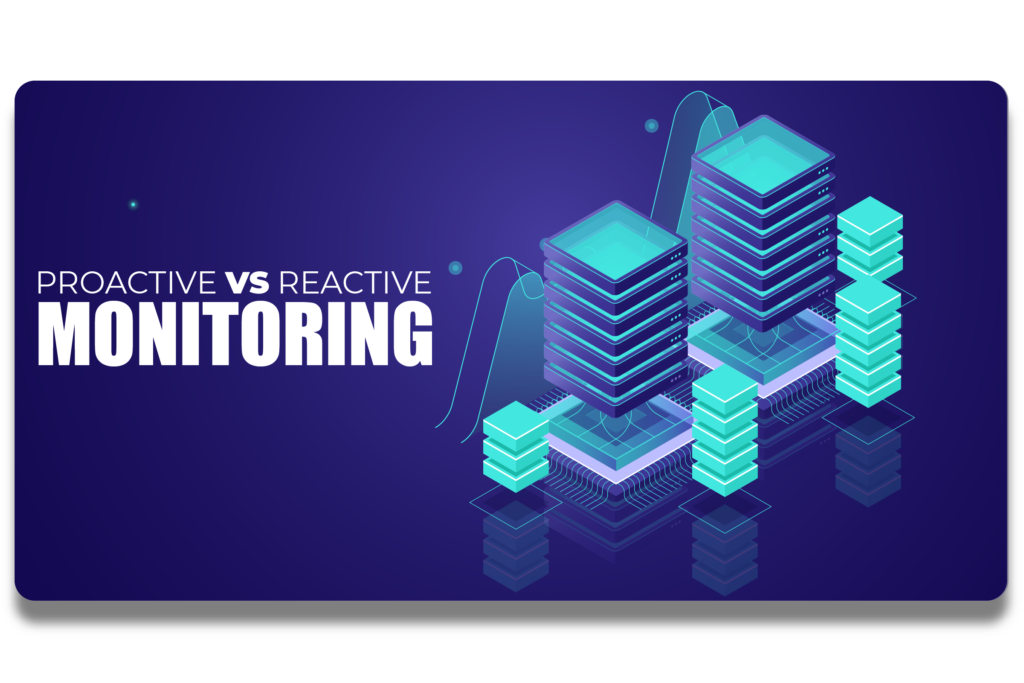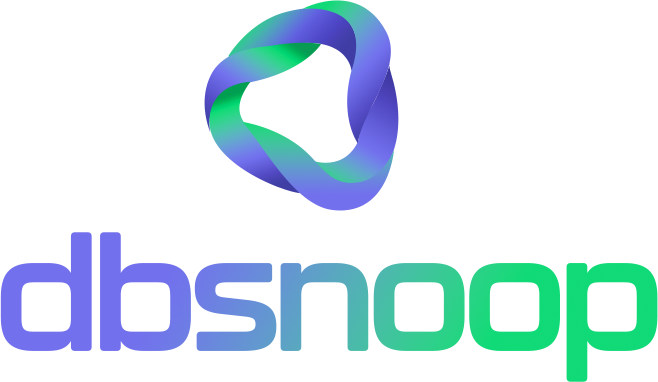

Systems that rely on databases must operate under constant pressure. Volume growth, seasonal spikes, and multiple services running simultaneously—all these factors increase the risk of performance degradation. In this context, the way infrastructure monitoring is structured is no longer just a technical choice—it becomes a strategic decision.
Two paradigms dominate monitoring practices: reactive, which focuses on responding after a problem occurs, and proactive, which centers on prevention, anticipation, and continuous data correlation. In this article, we analyze the practical impact of each approach on system performance and its ability to maintain operational control.
First, the fundamental difference.
Reactive monitoring is symptom-driven. Something fails — an alarm goes off, a customer complains, a chart hits a critical threshold — and only then does the investigation begin. Action is taken only after the incident has occurred.
Proactive monitoring, on the other hand, is pattern-driven. It observes the system’s normal behavior, learns its cycles, identifies anomalies, and enables action before a failure happens. Response is replaced by anticipation.

Comparative Scenario: Impact on Performance
Let’s look at some practical examples. Below, the same situation unfolds — but with different outcomes, depending on the monitoring model adopted.
Case 1: I/O Saturation During a Critical Window
- Reactive Approach:
The alarm sounds only after the average response time has already increased. The team identifies that a batch load process, scheduled at the same time as heavy analytical reports, is blocking the I/O queue. Decision: postpone the process.
Impact: Users experience slowness during critical minutes. The SLA is already compromised. - Proactive Approach:
Monitoring detects a progressive increase in I/O latency over the past weeks, always in the same time window. Correlation with job scheduling suggests resource conflict. Adjustments are made preventively before the next peak.
Impact: Performance is preserved, with no interruptions or operational wear.
Case 2: CPU Usage Growth Due to Poorly Optimized Queries
- Reactive approach:
The instance’s CPU hits 95%. The team identifies a query consuming excessive resources — but the analysis only happens after the overload, when widespread instability is already present.
Impact: Overall performance drops, internal escalation occurs, and there is pressure for an urgent fix. - Proactive approach:
High-latency queries are monitored in real time. A new query shows a sudden increase in execution time and CPU usage, triggering an early alert. Execution plan analysis reveals a neglected index. The fix is applied before reaching the limit.
Impact: Stable performance without strain or interruption.

Monitoring as a strategy, not just a tool
Most modern observability tools offer real-time metrics, customized alerts, and dynamic dashboards. However, the true impact of these tools depends on the philosophy behind their use.
Reactive monitoring tends to:
- Address only immediate symptoms
- React to events already in progress
- Require decisions under pressure
- Favor temporary solutions
- Depend on human experience during critical moments
Proactive monitoring allows you to:
- Recognize degradation patterns over time
- Correlate multiple layers (query, instance, disk, application)
- Prioritize structural improvements before failures occur
- Reduce the number of incidents with real impact
- Foster a reliability-oriented culture

Obstacles to proactivity
Migrating to a proactive approach requires investment not only in technology but also in processes. The most common obstacles are:
- Lack of complete visibility of the observability stack
- Complacency around existing alerts
- Reactive operational culture, where action is taken only after complaints
- Undervaluation of historical analysis, where early warning signs reside
It’s not just about capturing more metrics, but knowing which metrics to track, how to correlate them, and when to act based on them.
What is the real impact on performance?
Database performance does not depend solely on the quality of queries or hardware capacity. It is directly influenced by the ability to detect degrading trends before they turn into failures.
Reactively monitored environments tend to operate in containment mode. In contrast, environments with proactive monitoring prevent performance loss, stabilize operations, and reduce time spent on manual diagnostics.
Conclusion
Monitoring is not just about knowing what is happening. It is about understanding why it is happening — and predicting what will happen if nothing is done.
If your environment is still stuck with alerts triggered only after users notice the problem, you are not monitoring: you are reacting. And reacting, in mission-critical environments, is costly.
Turning monitoring into a proactive strategy is the difference between putting out fires and ensuring they never start.
Visit our YouTube channel to learn about the platform and watch tutorials.
Schedule a demo here.
Learn more about Flightdeck!
Learn about database monitoring with advanced tools here.


